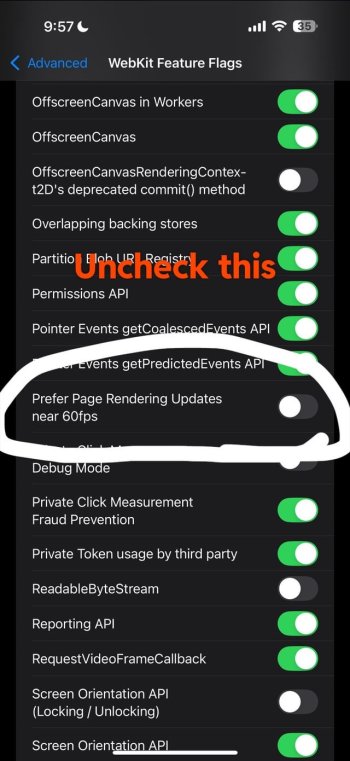HTML 5.3, Section 7.1.4.2, Processing Model
If there is a top-level browsing context B that the user agent believes would not benefit from having its rendering updated at this time, then remove from docs all Document objects whose browsing context’s top-level browsing context is B.
NOTE There are many factors that affect the ideal update frequency for the top-level browsing context including performance, power, background operation, quality of user experience, refresh rate of display(s), etc. When in foreground and not constrained by resources (i.e. performance, battery versus mains power, other resource limits), the user agent normally prioritizes for maximum quality of user experience for that set of Documents by matching update frequency and animation frame callback rate to the current refresh rate of the current display (usually 60Hz, but refresh rate may be higher or lower). When accommodating constraints on resources, the update frequency might automatically run at a lower rate. Also, if a top-level browsing context is in the background, the user agent might decide to drop that page to a much slower 4Hz, or even less.
NOTE Another example of why a browser might skip updating the rendering is to ensure certain tasks are executed immediately after each other, with only microtask checkpoints interleaved (and without, e.g., animation frame callbacks interleaved). For example, a user agent might wish to coalesce callbacks together, with no intermediate rendering updates. However, when are no constraints on resources, there must not be an arbitrary permanent user agent limit on the update rate and animation frame callback rate (i.e., high refresh rate displays and/or low latency applications).



